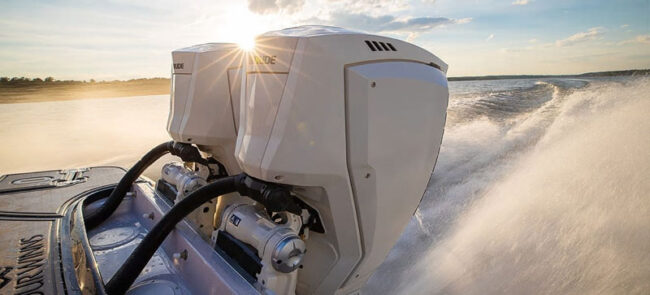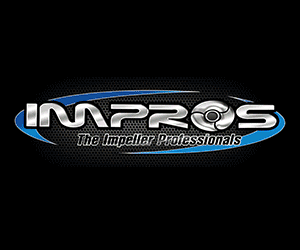
It appears that COVID-19 is far more lethal than previously expected. But it’s lethality isn’t so much towards human lives (although one life is too many), but rather, to jobs and companies. To date, 36 million Americans are unemployed – an increase from 4% to 16% according to the US census. Businesses large and small are feeling the crushing weight of the forced closures, and sadly too many are collapsing under the load.
Wednesday, May 27th, BRP announced the termination of its Evinrude E-Tec and E-Tec G2 outboard engines. As the Sturtevant, WI facility will be repurposed for a yet-to-be-announced production line, BRP has finalized an agreement with Mercury Marine to continue to privately supply outboard engines exclusively for its boat brands – most notably Alumacraft, Manitou and its latest acquisition, Australian boat manufacturer, Telwater.
Lastly, BRP will be consolidating Alumacraft manufacturing into one single facility, namely its Saint Peter, MN location; consequently closing the Arkadelphia, AK plant. All of these changes will impact 650 employees globally. Already, a 10-week halt in production has reduced the production run for 2020, which has resulted in scarcity at dealerships. To offset this, some dealers in heavier-trafficked locations are taking to purchasing inventory from lower-traffic dealers just to meet demand.
Here’s the original press release:
Valcourt, Quebec, May 27, 2020 (GLOBE NEWSWIRE) — BRP (TSX: DOO; NASDAQ: DOOO) announced today it has re-oriented its marine business by focusing on the growth of its boat brands with new technology and innovative marine products. We will discontinue production of Evinrude E-TEC and E-TEC G2 outboard engines. Our Sturtevant, WI, facility, will be repurposed for new projects to pursue our plan to provide consumers with an unparalleled experience on the water.
We remain committed to our Buy, Build, Transform Marine strategy which has been underway since 2018 with the acquisition of Alumacraft and Manitou boat companies in the U.S., followed by the acquisition of Australian boat manufacturer Telwater in 2019.
“Our outboard engines business has been greatly impacted by COVID-19, obliging us to discontinue production of our outboard motors immediately. This business segment had already been facing some challenges and the impact from the current context has forced our hand,” said José Boisjoli, President and CEO of BRP. “We will concentrate our efforts on new and innovative technologies and on the development of our boat companies, where we continue to see a lot of potential to transform the on-water experience for consumers,” he added.
Discontinuing outboard engine business and signing an agreement with Mercury Marine
Following our decision to discontinue E-TEC and E-TEC G2 outboard engines, we have signed an agreement with market leader Mercury Marine to support boat packages and continue to supply outboard engines to our boat brands.
We will continue to supply customers and our dealer network service parts and will honour our manufacturer limited warranties, plus offer select programs to manage inventory. These decisions will impact 650 employees globally.
Pursuing new opportunities within Build and Transform phases of strategy
With this announcement, BRP will be positioned to expand its presence in the pontoon and aluminum fishing markets through technologically advanced solutions. We will leverage our track record of ingenuity through our R&D resources to enhance the boating experience with unique new marine products, such as the next generation of engine technology with Project Ghost and the next generation of pontoons with Project M, code names for new products we expect to transform the industry.
Maximizing operational and functional efficiencies
Lastly, we will consolidate Alumacraft operations from two sites to one. All Alumacraft operations will be transferred to St Peter, MN and our site in Arkadelphia, AR will be permanently closed. In addition, we want to upgrade the boat production facilities to reorganize manufacturing sites and apply the modularity model used elsewhere. This move is designed to enhance productivity and efficiency and to allow us to respond with even more agility to demand.






